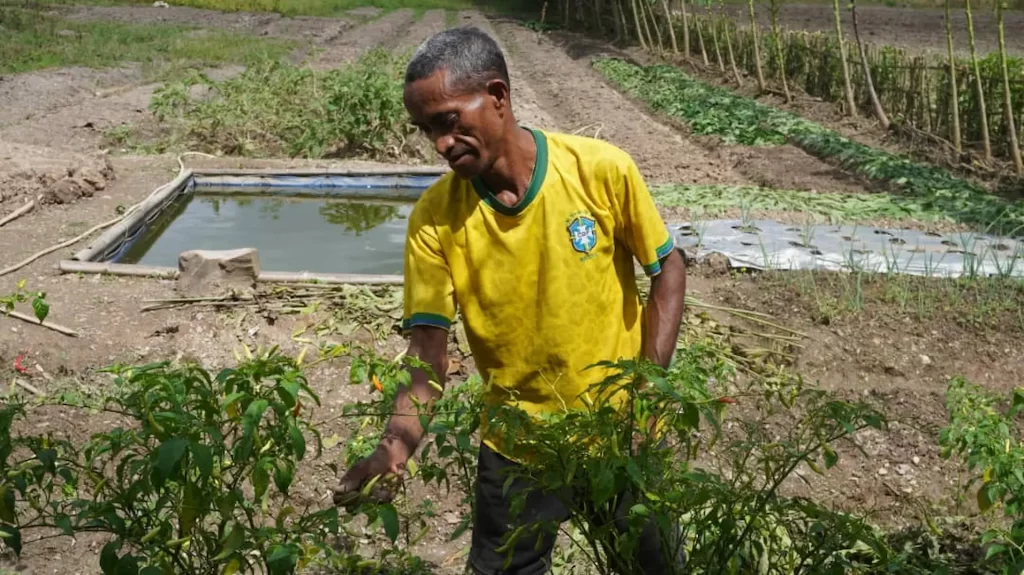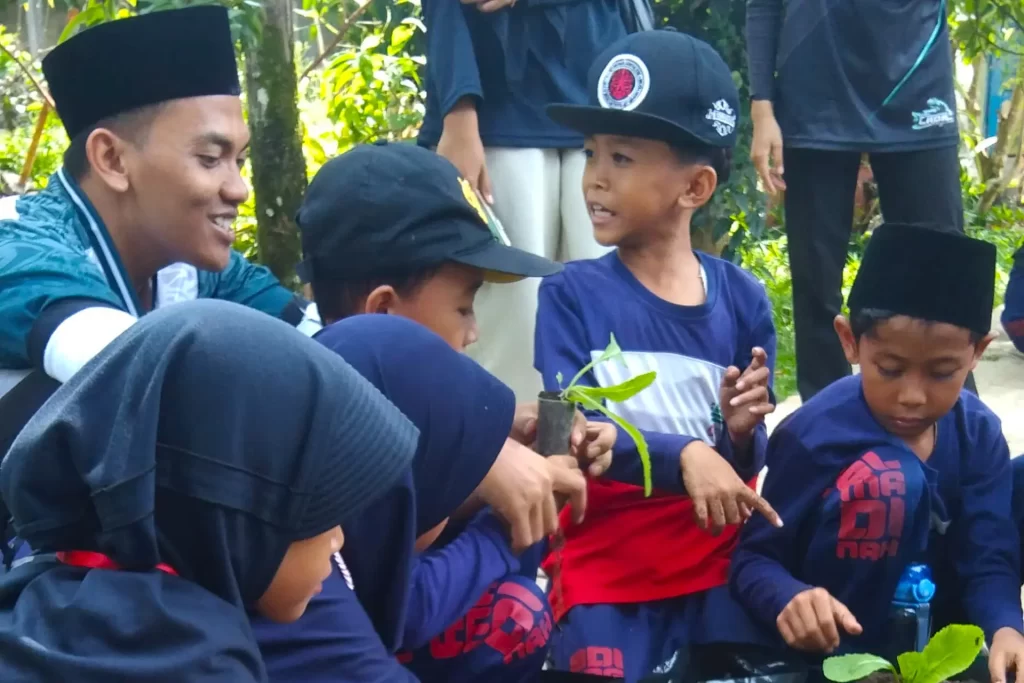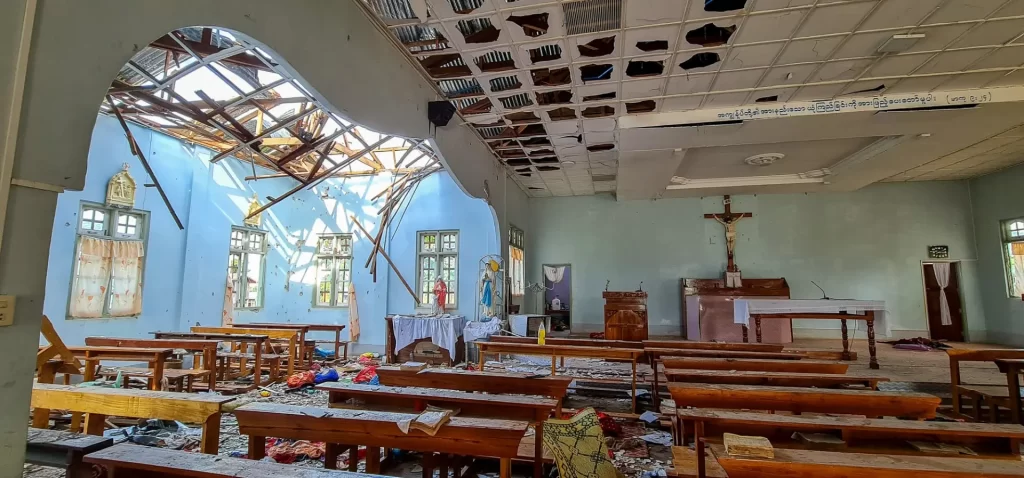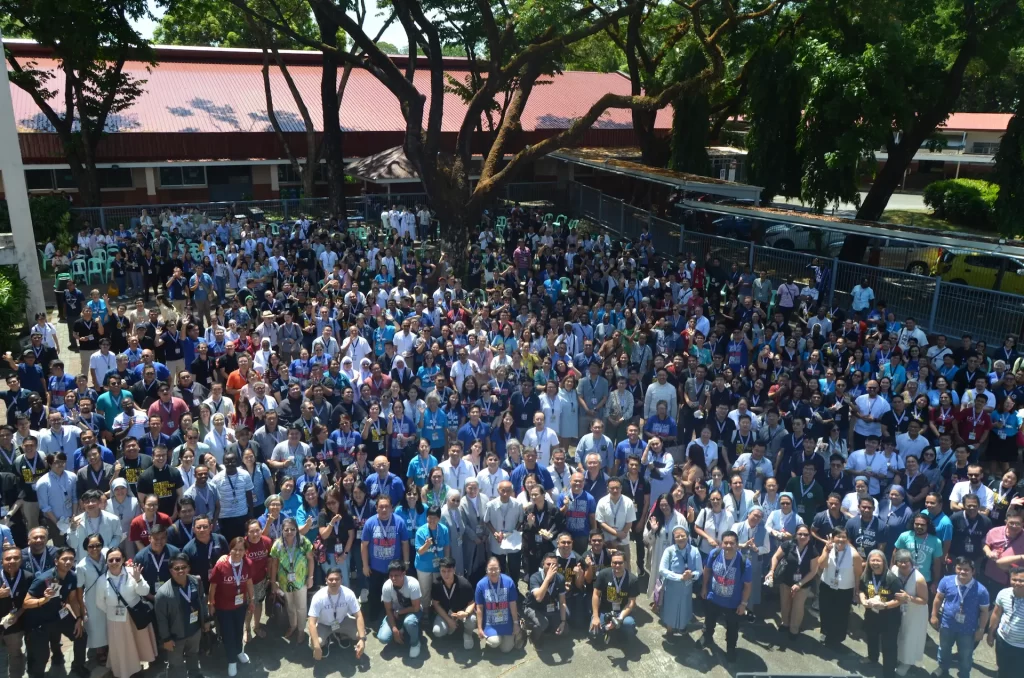Since 2011, we have held during Water Week the annual Lane Cove River Catchment Day, a combined project of the schools of the Lane Cove river catchment team where whole group and small group activities are held based around local catchment issues. The Lane Cove river catchment is 95.4 square kilometres and contains 12,600 megalitres of water.
Catchment Day has been a little different each year depending on who can present, one year the zoo came, one year we had a theatre production to begin the day, but the middle school student leaders from the Lane Cove River catchment area come together for the day to learn about living in a catchment and to get to know how their school is impacting on the catchment. Getting to know the school’s place in the catchment and creating the catchment leaders of the future are two of the objectives for students attending the Lane Cove River catchment day.
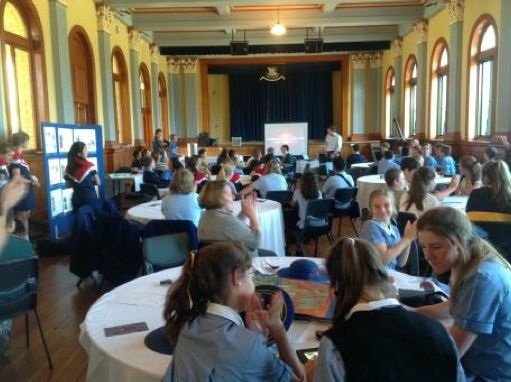
Saint Ignatius’ College, Riverview located in Lane Cove, New South Wales in Australia is a great venue as it gives students access to the river and the environmental issues associated with catchments. The educators, the local councils, and environment centre work together to put the day on so it is a great collaboration story.
The day has a history in the catchment. The Lane Cove River Catchment Management Committee (CMC) was formed in the 1990s and held successful water-testing day each year with schools. By the early 2000s, the CMC was disbanded and the day fell away without CMC support. Educators working in the catchment came together early in 2011 to reinvigorate the catchment day, recognising that the activity had to be achievable.
The model for the day is simple. Council educators work with their high schools encouraging them to come, and transport and teacher relief concerns are negotiated. Local educators undertake activities and small groups rotate around learning from each agency. There is no budget for the day, so there are no costs for schools to attend, and all contributions are in-kind.
Getting schools to participate is an on-going tussle; there are 16 high schools in the catchment, which is a small enough number to have an effective community of practice network forming over time. In 2011, six schools attended the day; in 2012 nine schools attended the day. End-of-year exams can be a barrier and for some schools, higher years attended. It was an opportunity to think about the school’s sustainability for those student leaders attending. The day is adaptive in nature.
As a small number of students are invited from each school, transport costs can be covered creatively. Some schools organised parents to drop their children off at the school, while some travelled in one or two staff cars. Some schools own a mini-bus and were able to transport their students and those from neighbouring schools.
Teacher relief is the other limiting factor for schools getting involved in a regional event. Many of the local councils participating have a schools program where requests for assistance can include teacher relief but as it is a time of the year when Year 12 was finished, some schools have staff able to cover on the day.

Catchment educators developed a Google map to reach out to those teachers who did not attend but who can teach about the river catchment. The council educators contributed local photos, another great collaboration within the catchment. The list of schools that participated is also indicated in the map, the catchment concerns as identified, and the activities undertaken.

The best thing about the day is that all the schools work together and learn from council educators who have so much local knowledge, a great example of peer-to-peer collaboration in the catchment. The success of the day is measured not only by the feedback from the council educators and schools who are asked what can be improved next year, but by the deepening relationships built between the catchment educators and schools in the catchment.
Caption for main image: Lane Cove River. Photo credit: commons.wikimedia.org
Source: EcoJesuit

